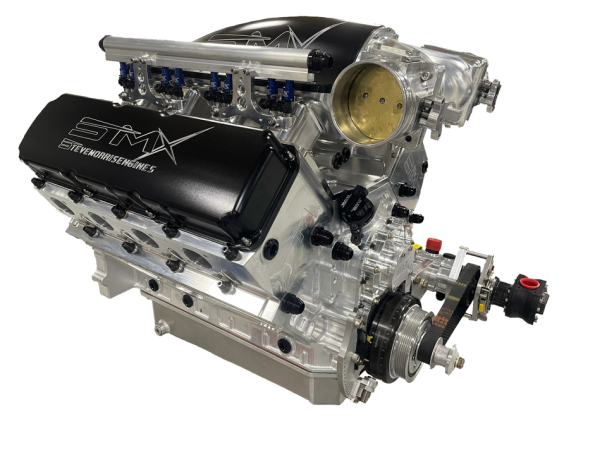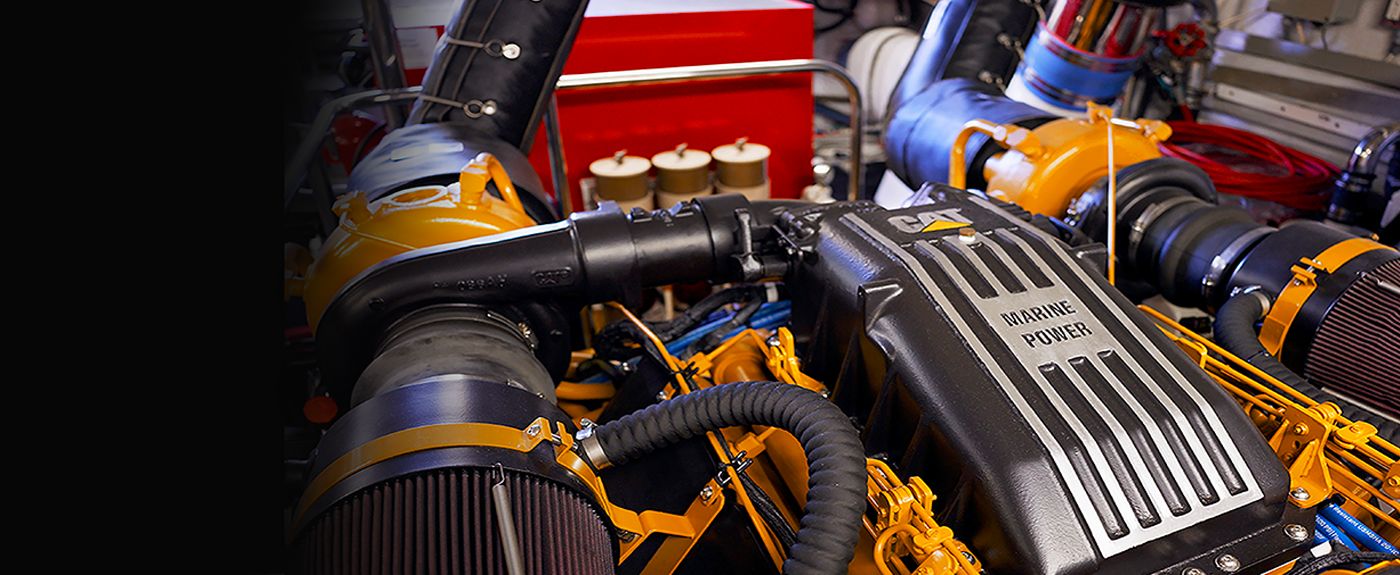The Pursuit for Ultimate Driving Power: Exploring the Peak of Engine Performance and Technological Advancements in the Automotive Industry
In the world of vehicle engineering, the quest of optimum driving power has actually been a ruthless quest that has unfolded via the evolution of engine style and the integration of sophisticated modern technologies. From the precise craftsmanship of combustion engines to the quick advancements in electrical propulsion systems, the vehicle industry stands at the cusp of a new era identified by unprecedented efficiency capacities.
Advancement of Engine Layout

In addition, the assimilation of turbocharging and supercharging innovations has actually changed engine layout by increasing power without substantially raising engine size. These forced induction systems compress the intake air, enabling more fuel to be combusted, consequently creating better power outcome from a smaller sized engine. This advancement has been especially crucial in enhancing the performance of smaller sized variation engines while maintaining fuel performance requirements.

Performance-Enhancing Fuel Technologies
The execution of innovative fuel innovations has considerably added to boosting engine performance in contemporary lorries. From typical gas and diesel to innovative biofuels, artificial fuels, and hydrogen, the automobile sector is seeing a revolution in gas alternatives. Biofuels, originated from renewable resources like sugarcane, corn, or algae, offer improved and minimized emissions engine efficiency. Synthetic fuels, produced through chemical procedures, provide high octane scores, boosting power outcome. Hydrogen gas cells, although still in the onset of adoption, show great promise due to their zero-emission nature and potential for high efficiency. In addition, fuel additives and cleaning agents are being developed to clean engine components, maximize combustion, and decrease friction, therefore boosting general lorry efficiency. With recurring research study and advancement, the pursuit for the utmost driving power proceeds, as designers strive to open the full potential of performance-enhancing gas technologies in the vehicle sector.
Developments in Electric Propulsion
Considerable strides in electrical propulsion technology have actually reinvented the vehicle market, leading the way for a brand-new age of sustainable and effective transport. Electric vehicles (EVs) are gaining appeal as a result of their ecological advantages and developments in battery technology, enabling longer driving ranges and much shorter charging times. Producers are investing heavily in r & d to enhance the efficiency of electric propulsion systems, concentrating on raising power output, boosting power effectiveness, and lowering total weight.
One remarkable advancement in electrical propulsion is the growth of sophisticated electrical motors that supply higher torque and power density, resulting in enhanced velocity and total driving efficiency. Furthermore, regenerative stopping systems have actually been fine-tuned to catch and store power during slowdown, additional boosting the effectiveness of EVs.
Additionally, the assimilation of clever technologies, have a peek at this site such as artificial intelligence and predictive analytics, is optimizing the administration of electrical propulsion systems, making certain optimum efficiency under different driving problems. These developments in electrical propulsion are improving the automotive landscape, driving the market in the direction of a much more sustainable and amazed future.
Influence of Computational Fluid Characteristics
With improvements in electric propulsion pressing the boundaries of vehicle technology, the combination of Computational Fluid Dynamics is playing a pivotal role in optimizing aerodynamic performance and improving overall efficiency in car design. Computational Liquid Dynamics (CFD) entails the use of computer system simulations to assess the circulation of air around an automobile, making it possible for engineers to forecast just how layout changes will impact the rules of aerodynamics without the demand for costly physical prototypes. By properly modeling air movement patterns, CFD permits the improvement of automobile forms to lower drag, boost air conditioning, and boost stability.
One key advantage of using CFD in automobile design is the capacity to repeat quickly, checking out numerous design variations to determine the most aerodynamically effective services. This iterative procedure results in automobiles that are not only sleeker and much more aesthetically attractive however likewise a lot more ecologically pleasant and fuel-efficient. Furthermore, CFD enables engineers to optimize airflow around elements such as radiators, engine bays, and wheel wells, contributing to enhanced performance and overall driving experience. In verdict, the combination of Computational Fluid Dynamics represents a considerable progression in the mission for utmost driving power and performance in the automotive industry.
Future Trends in Engine Technology
In the dynamic landscape of automotive design, cutting-edge improvements are shaping the future trajectory of engine innovation. The future of engine style is noted by a solid focus on efficiency, sustainability, and efficiency. Producers are progressively concentrating on creating engines that not only deliver high power outcomes yet also prioritize environmental duty by lowering discharges and improving fuel effectiveness.
One noticeable pattern in engine innovation is the rise of electrification. Hybrid and electrical powertrains are gaining traction as viable options to standard combustion engines. These innovations offer the capacity for considerable decreases in carbon exhausts and raised power performance, straightening with international initiatives to deal with environment modification.
Moreover, innovations in materials scientific research and production techniques are allowing the manufacturing of lighter and extra long lasting engine elements. This change in the direction of lightweight materials such as carbon fiber and aluminum alloys adds he has a good point to enhanced efficiency and fuel economic situation.
Final Thought
To conclude, the quest of best driving power in the automotive market remains to drive innovations in engine style, fuel modern technologies, electrical propulsion, and computational fluid Get More Information characteristics. The evolution of these innovations is shaping the future of engine technology, leading the means for a lot more powerful and reliable cars (engines for africa). As the industry remains to press the borders of what is possible, we can anticipate to see much more innovative growths in the mission for peak efficiency
One of the key turning points in engine style advancement is the shift from typical carbureted engines to contemporary fuel-injected systems. By specifically metering the fuel distribution to each cyndrical tube, fuel-injected engines enhance burning, resulting in better performance and lowered environmental effect.
Furthermore, the assimilation of turbocharging and turbo charging modern technologies has transformed engine layout by enhancing power without dramatically increasing engine size (engines for africa).The application of advanced gas modern technologies has significantly contributed to improving engine performance in contemporary lorries. Additionally, gas ingredients and cleaning agents are being developed to clean engine components, maximize combustion, and reduce rubbing, thus boosting total car efficiency